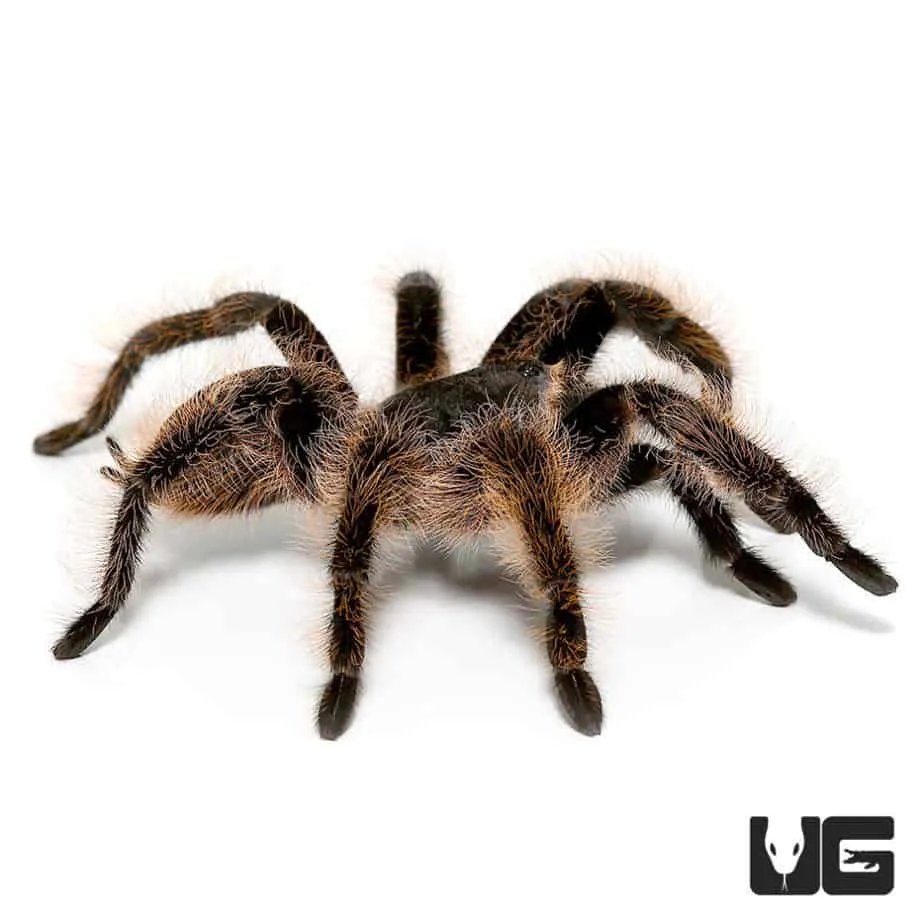What is a Curly Hair Tarantula
The Curly Hair Tarantula (Tliltocatl albopilosus), also known as the Costa Rican curlyhair, is a popular pet tarantula, prized for its docile nature, beautiful appearance, and relatively easy care requirements. Native to the rainforests of Central America, these spiders are known for the distinctive, curly hairs that cover their bodies, giving them a unique and appealing look. This guide provides comprehensive information on caring for these fascinating creatures, covering everything from habitat setup and feeding to handling and health.
Origin and Habitat
Curly Hair Tarantulas are native to the rainforests of Costa Rica, and other parts of Central America. In their natural habitat, they live in burrows they create in the ground, under logs, or amongst the leaf litter. The warm, humid environment of the rainforest provides the ideal conditions for these tarantulas to thrive. Understanding their natural habitat is key to providing proper care in captivity.
Appearance and Characteristics
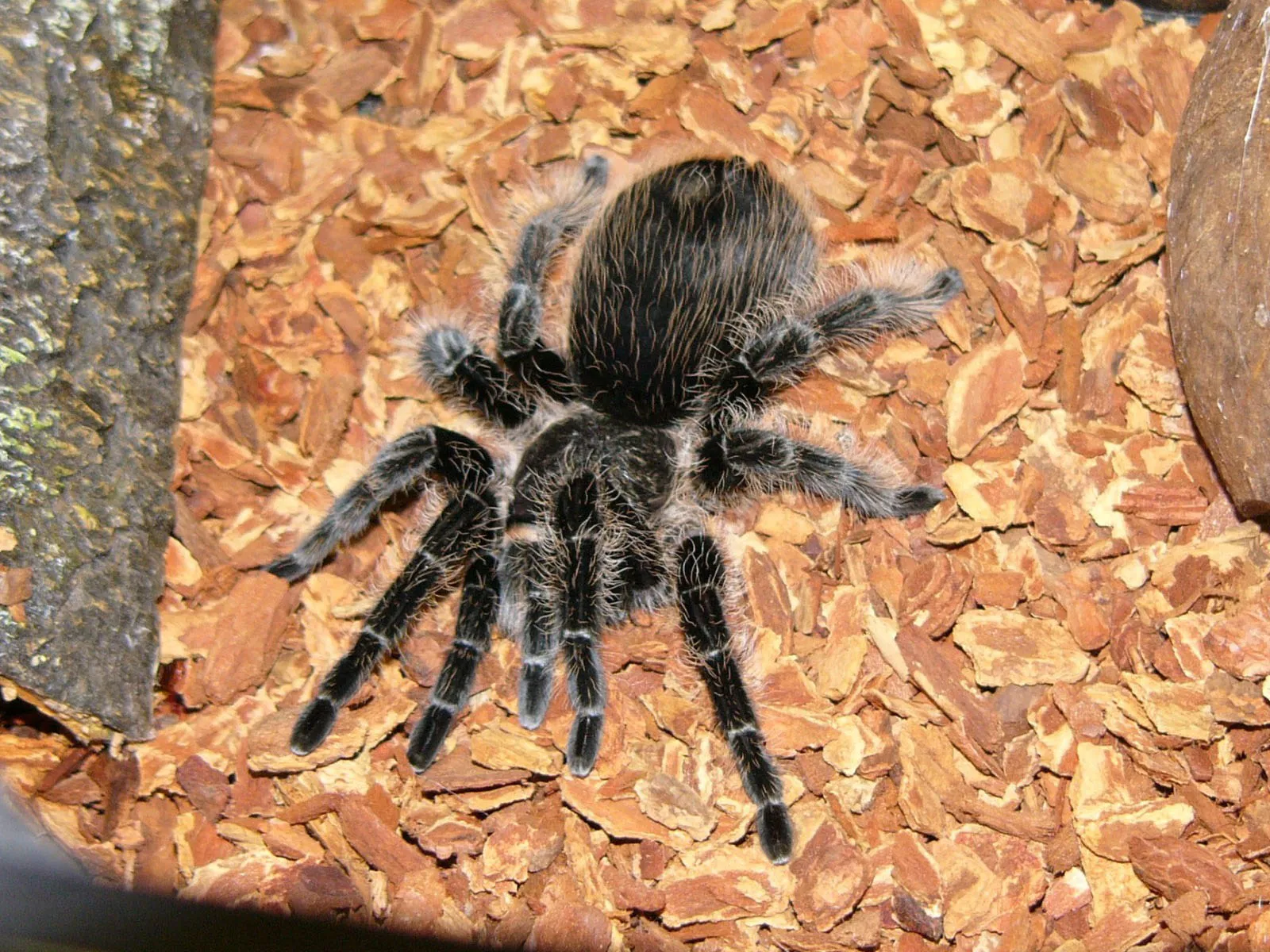
These tarantulas are known for their striking appearance, with a dark brown to black body covered in long, curly hairs that range in color from a lighter brown to a golden hue. The curly hairs are not just for show; they also serve a defensive purpose, acting as a mild irritant if the tarantula feels threatened. They are a medium-sized tarantula, with a leg span that can reach up to 5-6 inches. Their docile temperament makes them a favorite among beginner tarantula keepers.
Setting Up the Perfect Habitat
Creating the right environment is crucial for the health and well-being of your Curly Hair Tarantula. This involves choosing the right enclosure, substrate, and maintaining appropriate temperature and humidity levels. A well-designed habitat will not only keep your tarantula healthy but also allow you to observe its natural behaviors.
Choosing the Right Enclosure
A glass or plastic terrarium with a secure lid is ideal. The size of the enclosure should be appropriate for the size of the tarantula, with enough space for movement and burrowing. A good rule of thumb is to provide an enclosure that is at least three times the tarantula’s leg span in width and length. Ventilation is important to prevent the buildup of mold and bacteria, so make sure the enclosure has adequate airflow.
Substrate Selection
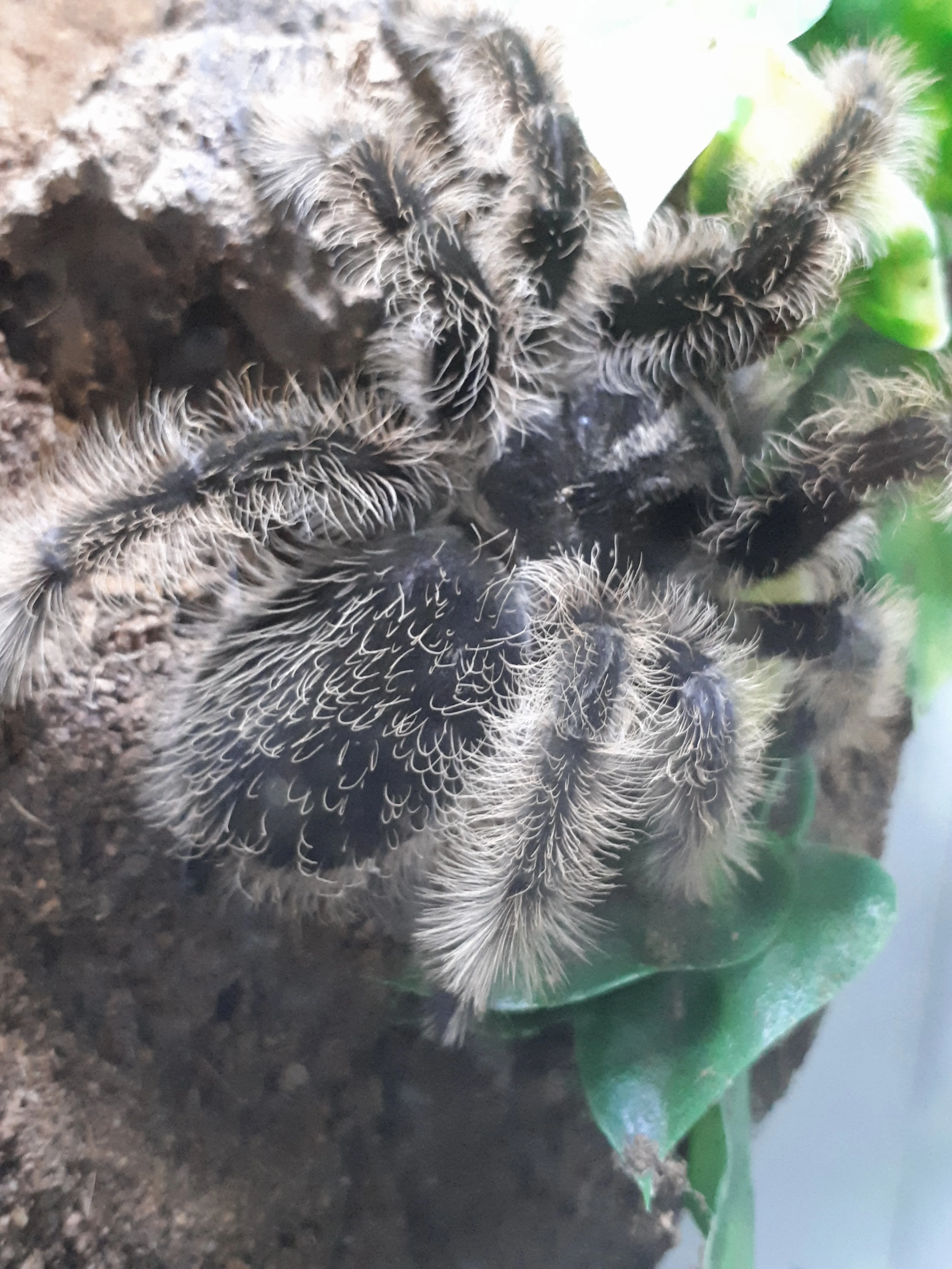
The substrate should be deep enough for the tarantula to burrow. A mixture of coconut fiber, peat moss, and a small amount of vermiculite works well. This mixture retains moisture, allowing the tarantula to maintain proper humidity levels. The substrate should be kept slightly moist, but not soggy, to prevent mold growth. Regularly spot-clean the substrate to remove any uneaten food or waste.
Providing Optimal Temperature and Humidity
Curly Hair Tarantulas thrive in a temperature range of 75-85°F (24-29°C). You can use a heat lamp or under-tank heater to maintain the desired temperature. Humidity levels should be kept between 60-70%. You can monitor humidity with a hygrometer. Misting the enclosure lightly with water every few days or providing a shallow water dish will help maintain the correct humidity.
Feeding Your Curly Hair Tarantula
Proper nutrition is essential for a healthy Curly Hair Tarantula. Feeding your tarantula the right food and in the right amounts will ensure its growth and well-being. Overfeeding can be just as detrimental as underfeeding, so it’s important to establish a regular feeding schedule.
What to Feed Your Tarantula
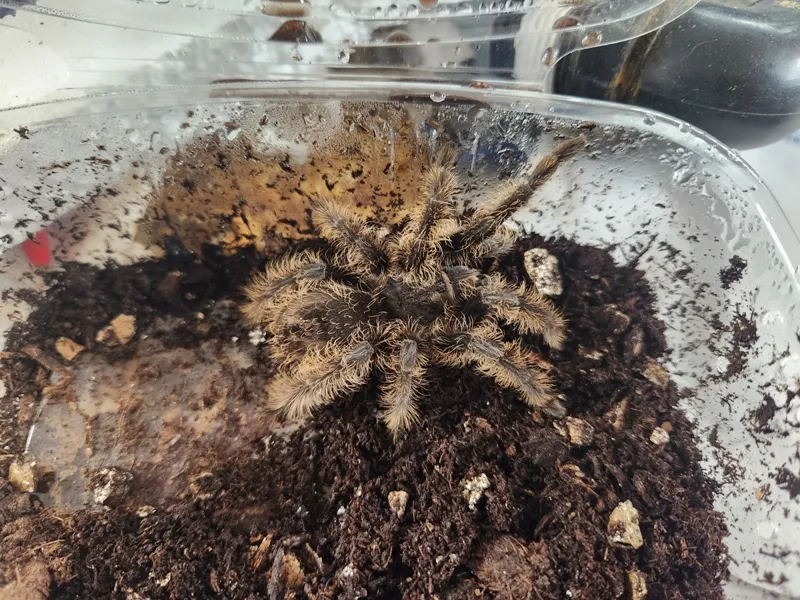
The primary diet of a Curly Hair Tarantula consists of insects. Crickets, mealworms, and roaches are all excellent choices. It’s important to offer a variety of insects to ensure your tarantula receives a balanced diet. Always gut-load the insects with nutritious food before feeding them to your tarantula. This ensures that the tarantula gets the necessary vitamins and minerals.
Feeding Frequency and Amounts
The feeding frequency depends on the tarantula’s age. Spiderlings should be fed more often, while adult tarantulas can be fed less frequently. A general guideline is to feed spiderlings 2-3 times a week, juveniles once a week, and adults every 1-2 weeks. The amount of food should be appropriate for the size of the tarantula, leaving uneaten prey in the enclosure can stress the tarantula. Remove any uneaten insects within 24 hours.
Watering and Hydration
Providing a shallow water dish with fresh water is crucial for hydration, especially for juveniles and adults. Ensure the water dish is shallow enough to prevent the tarantula from drowning. Change the water regularly to prevent the growth of bacteria. In addition to the water dish, misting the enclosure lightly every few days helps maintain humidity, which also provides a source of water for the tarantula.
Handling and Safety Precautions
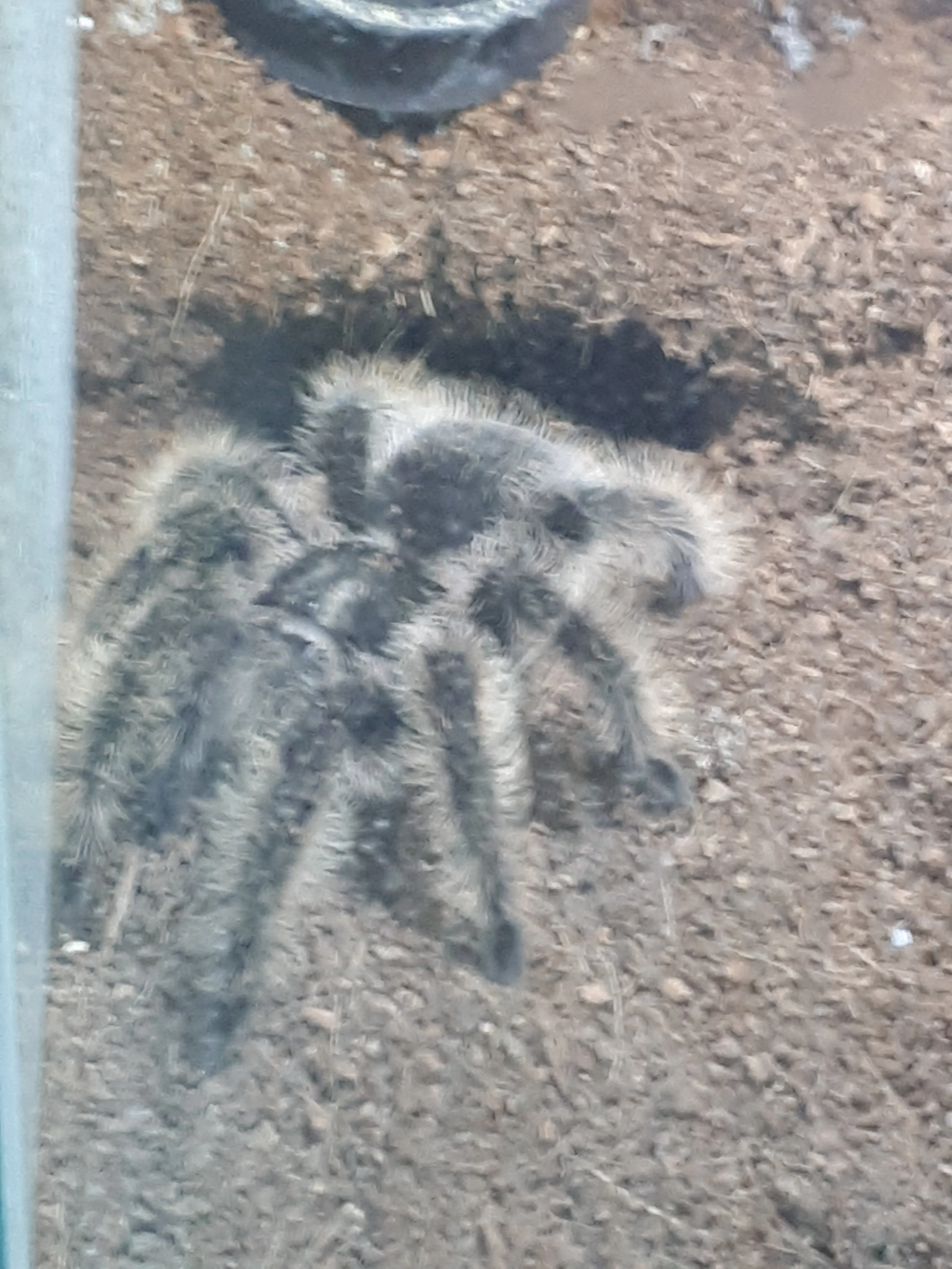
While Curly Hair Tarantulas are generally docile, it’s important to handle them with care and follow safety precautions. Handling is not strictly necessary for their well-being and should be done sparingly, as it can stress the tarantula. Always prioritize the tarantula’s safety and your own.
Safe Handling Techniques
If you choose to handle your tarantula, do so gently and slowly. Approach the tarantula from a low angle, allowing it to crawl onto your hand. Avoid sudden movements or dropping the tarantula. Always handle the tarantula over a soft surface, such as a bed or a carpet, in case it falls. Wash your hands thoroughly before and after handling to avoid transferring any substances to the tarantula and to maintain good hygiene.
Understanding Tarantula Behavior
Understanding tarantula behavior is key to responsible handling. Watch for signs of stress, such as a defensive posture (raising its front legs, fangs visible) or flicking hairs off its abdomen (a defense mechanism). If the tarantula shows these signs, it’s best to leave it alone. Never try to force a tarantula to do something it doesn’t want to do. Always handle your tarantula in a calm environment.
Health and Common Issues
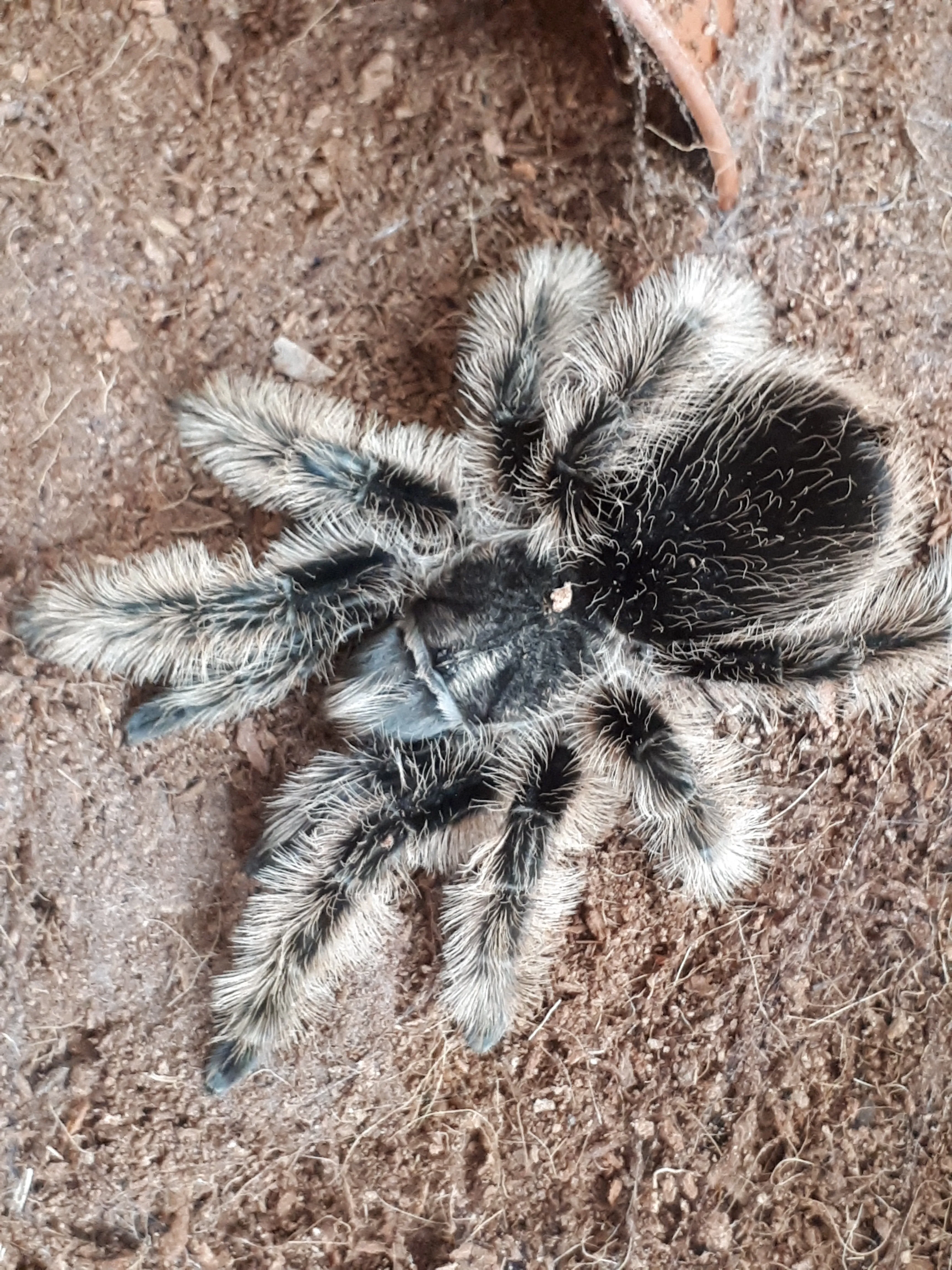
Like all pets, Curly Hair Tarantulas can be prone to certain health issues. Recognizing these issues and knowing how to address them is crucial for their well-being. Regular observation and preventative care are essential for keeping your tarantula healthy.
Recognizing Signs of Illness
Signs of illness include lethargy, loss of appetite, changes in behavior, and unusual postures. A tarantula that is not eating, or is losing weight may be ill. A tarantula that is constantly twitching or has difficulty moving could also be sick. If you notice any of these signs, consult with a veterinarian or experienced tarantula keeper for advice.
Dealing with Molting
Molting is a natural process where tarantulas shed their exoskeletons to grow. During molting, the tarantula will lie on its back. This can be a vulnerable time, so avoid disturbing the tarantula. Provide a humid environment during molting. After molting, the tarantula’s exoskeleton will be soft. Do not feed it for a week or two until its fangs have hardened.
Breeding and Reproduction
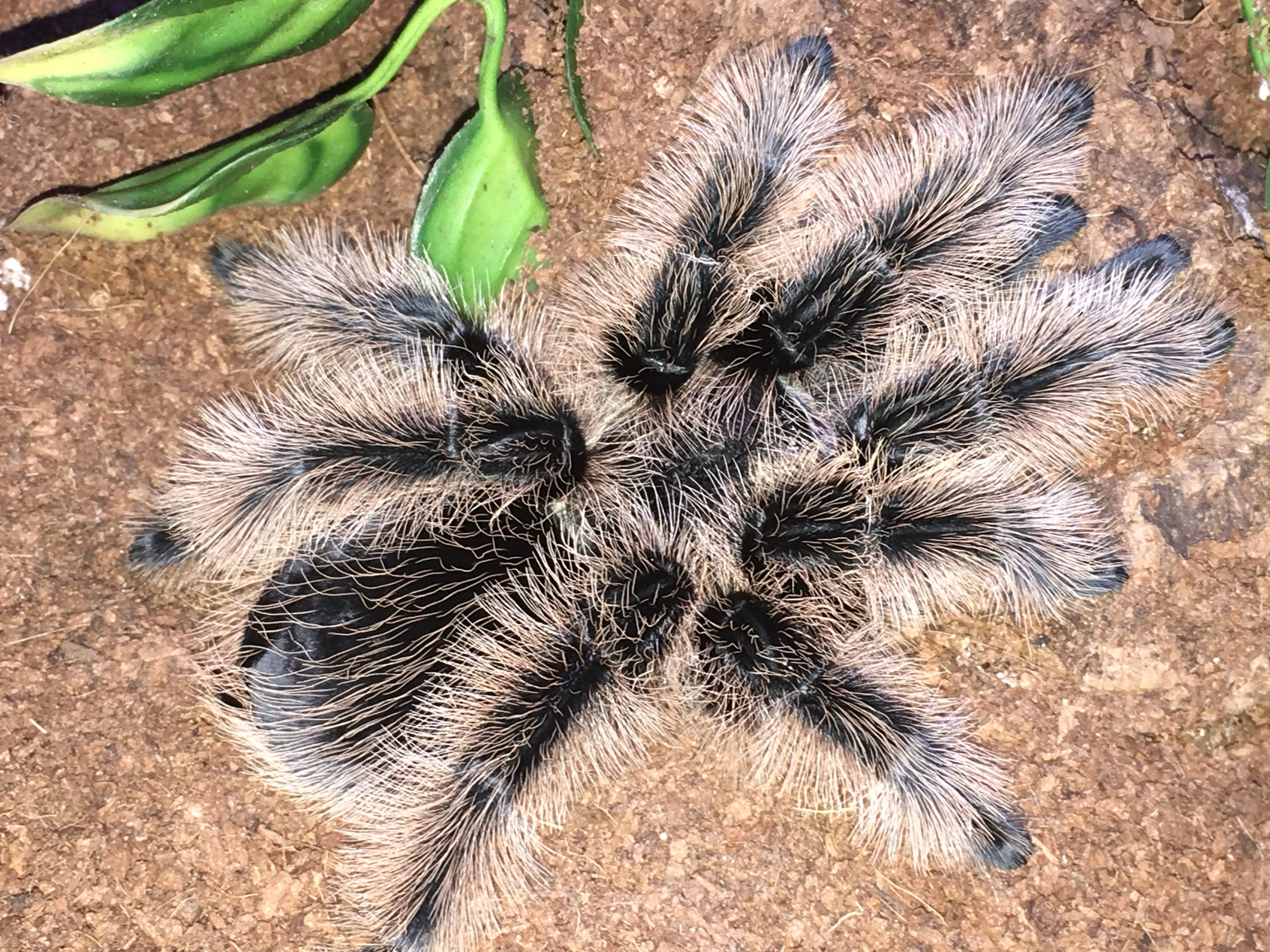
Breeding Curly Hair Tarantulas can be a rewarding experience, but it requires careful planning and knowledge. It’s a good idea to start with some research and preparation before attempting to breed these tarantulas.
Identifying Male and Female Tarantulas
Determining the sex of a Curly Hair Tarantula is essential before breeding. Males and females have distinct characteristics. Males have a hook on their front legs, which they use to hold the female’s fangs during mating. They also have smaller bodies than females. Females are generally larger and have a larger abdomen. The easiest way to sex a tarantula is to examine the shed exoskeleton.
The Mating Process
The mating process involves carefully introducing the male to the female’s enclosure. The male will approach the female and drum on the ground to indicate his interest. If the female is receptive, she will allow him to mate. The male uses his pedipalps to deposit sperm into the female’s epigastric furrow. After mating, the male may need to be removed to prevent the female from eating him. The female will then lay an egg sac, which she will protect and care for until the spiderlings hatch.
